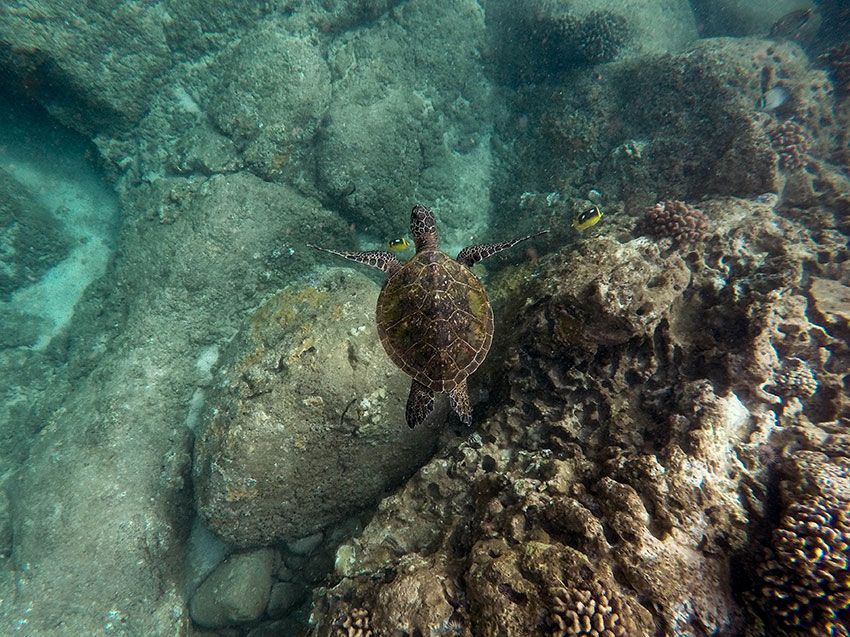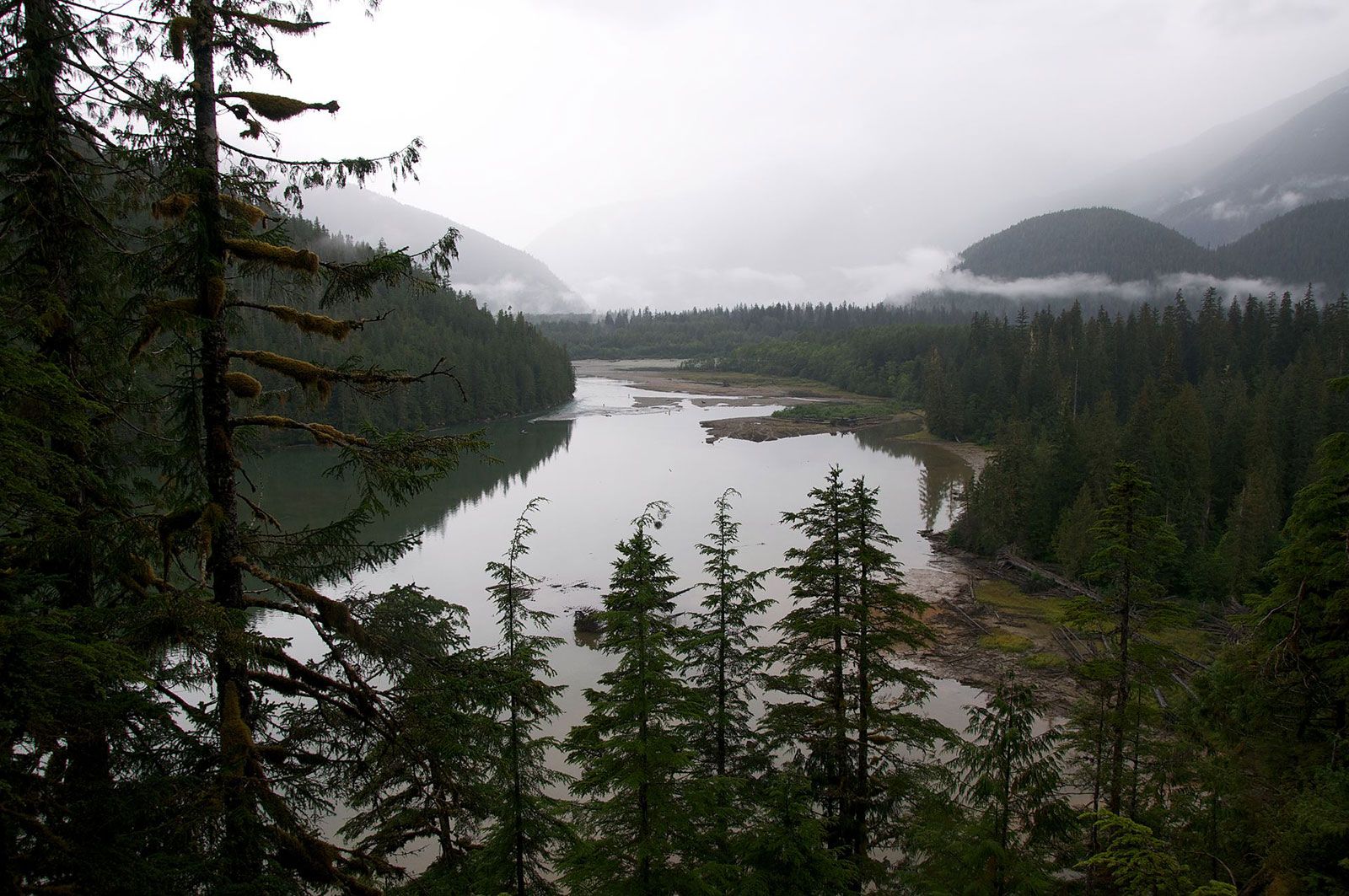The Great Barrier Reef is one of the planet’s most spectacular and extraordinary natural wonders, where you can see the largest coral reef system and the living organism that can be found only here, home to 25 percent of the planet’s marine life..
Australia’s Great Barrier Reef is one of the world’s seven natural wonders and a World Heritage Area. It is the largest coral reef system and covers 344,400 square kilometers and it contains more than 3000 individual reef systems, 760 fringe reefs, 134 species of sharks and rays, to 400 different hard and soft corals, a huge variety of marine life, plants and animals.
Human factors resulted in a 50% decline in coral cover* between 1985 – 2012.
Some of the Major threats to the Great Barrier Reef

Climate change
Climate change caused due to human activities is one of the greatest threats to the long-term future of the Great Barrier Reef. Tropical sea surface temperatures have risen by 0.4–0.5 °C since the late 19th century which leads to a greater risk of heat stress and mass coral bleaching.
Increased greenhouse gases from human activities result in climate change and ocean acidification. The world’s ocean is a massive sink that absorbs carbon dioxide (CO2). The higher the levels of atmospheric CO2, the greater the impact on water quality.
Contributing factors to climate change are increasing greenhouse gases in the atmosphere include burning fossil fuels for heat and energy, producing some industrial products, raising livestock, fertilizing crops, and deforestation.
Coastal development
This is affecting coastal habitats that support the Reef and producing damaging urban run-off, litter, and marine debris. Some of those activities are used for agriculture, urban and industrial development, mining, port activities, and island development. The coastal developments can have a negative impact on the Reef’s health.

Poor water quality
Poor marine water quality from land-based run-off is one of the most significant threats to the long-term health and resilience of the Great Barrier Reef.
Coral reefs, and the ecosystems they sustain depend on the quality of the water within and around them.
Various regulations, conventions and Reef policies cover the potential effects of ship-sourced pollutants, including discharge and disposal of waste, exchanges of ballast water, oil spills and anti-foulant paint.
Fishing
The unsustainable overfishing of keystone species, such as the Giant Triton and sharks, can cause disruption to food chains vital to life on the reef. Illegal fishing and poaching elsewhere are impacting global fish stocks. This will increase the incentive for such activity on the Great Barrier Reef.
Impacts can include increased coral-eating crown-of-thorns starfish outbreaks, increased macroalgae abundance, and algal blooms. Crown-of-thorns starfish are native to the Great Barrier Reef but when found in large numbers, and when coral is under stress, they can quite simply destroy corals by eating their living tissue or ‘skin’.
Want to see the Great Barrier Reef without damaging it? Here are ways you can help save the reef.

Reef HQ Great Barrier Reef Aquarium
Reef HQ, located in Townsville, is the national research and education station and home to the largest living coral reef aquarium in the world. The researchers can educate you on what threats to the reef to look out for, like coral bleaching or thorns starfish which eats and destroys coral reefs. You can also report anything you see and take a picture and send it to the facility which tracks the incidents and their locations. They can also give you great advice on the best eco-tours of the northern end of the Great Barrier Reef.
It’s perfect for underwater reef adventures with its underwater tunnel of the Predator Exhibit or a place to go when the weather doesn’t allow you to enjoy outside.
Here is located also the Australian Government’s national education center and the site of a special Turtle Hospital.

Turtle rehabilitation centers
Just off the coast of Cairns is Fitzroy Island.
Fitzroy Island is an unspoiled tropical paradise of rainforest and beaches within the calm sheltered waters of the Great Barrier Reef. Fitzroy Island is a National Park, discover spectacular walking trails, abundant marine life, and local wildlife.
You can tour one of the largest turtle rehabilitation centers in Queensland, as well as being able to get up close with these incredible creatures and learn how the center, its scientists and volunteers provide much-needed medical care and rehabilitation to hundreds of injured turtles found in the region.
Study Mantas on Lady Elliot
Situated within a highly protected ’Green Zone’ the island is a sanctuary for over 1,200 species of marine life and is known for its abundance of manta rays, turtles, the amazing array of spectacular marine life.
The island’s eco-resort caters to all budgets and filters all its own seawater onsite for drinking and composts its food waste with its own hybrid solar power station to basic low-impact accommodation. It’s known for its eco-initiatives and its eco-tourism tours.
You can also choose a guided reef walks, snorkel or dive in one of the best locations on the reef.

Heron Island Research Station
This co-friendly and remote island is located on the Southern Great Barrier Reef and it is a dream destination for any offers first-class snorkeling or check out one of the 20 dive sites surrounding.
And the best thing is – it is with television-free rooms and no mobile phone reception, so you can fully enjoy your vacation.
There is also a research facility, producing leading research to help protect the Great Barrier Reef and collecting data to help to understand the reef and protect its future. You can take a tour of the station and meet the scientists who work on the island and learn more about their important work.
You might even see Green Sea Turtles as they return annually to lay their eggs, or spot whales from the shores in June.
The Heron Island Research Station is an Advanced Ecotourism Certified resort and the largest island-based research station in the Southern Hemisphere.
Eco-luxury on Lizard Island
The Lizard Island is located just an hour flight from Cairns and you can enjoy resort escape with an eco-hotel experience literally on the reef. There are 24 private beaches and with only 40 suites and villas.
There’s also a research facility on the island which offers tours twice a week. Also, within a short boat ride, you’ll find one of the most famous dive sites on the Great Barrier Reef.
How you can help
Shrink your carbon footprint to reduce greenhouse gases.
- Drive less.
- Reduce, reuse, or recycle.
- Purchase energy-efficient appliances and lightbulbs.
- Print less. Download more. Use less water.
Do your part to help improve overall coral reef condition.
- Reduce the use of lawn and garden chemicals.
- DO NOT dump household chemicals in storm drains.
- Choose sustainable seafood. Visit FishWatch.gov.
- Learn about good reef etiquette and practice it when in the water.
- Volunteer for beach and waterway clean ups.
Is it Eco-Friendly?
How do you know if your tour operator is ‘eco-friendly?’ Eco Tourism Australia’s website offers a comprehensive guide. You can check the eco-credentials of your tour operator. This is a great resource to help you enjoy your holiday, while also protecting the world’s largest living organism: the Great Barrier Reef!
Want to learn more about other sustainable destination? Check out section sustainable travel destinations.









 Photo credit: Dru! /
Photo credit: Dru! / 

